Keeping wildlife safe
A big part of acting as the “Human Guide” of your “K9 Nature Scout” is keeping everyone safe. This means keeping the wildlife safe as well as your pooch. As much as we hate to admit it, our dogs can pose a pretty big risk to wildlife. Remember, your dog is a predator at heart. They also have the potential to pass pathogens from their poop and toxins from flea and tick treatments into the environment. But with just a few cautions, we can do a lot to reduce these risks.
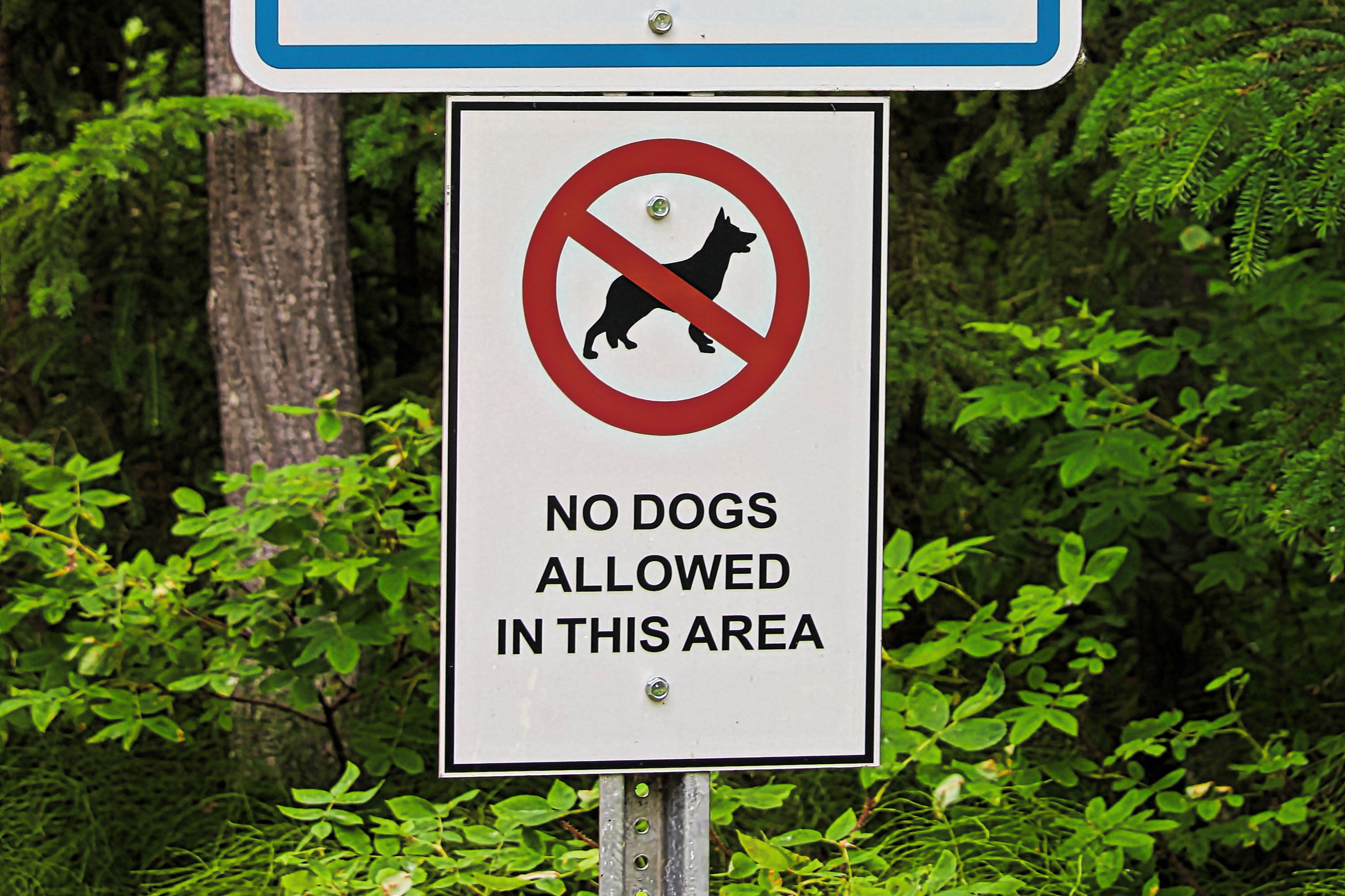
- Know and respect “No dogs allowed” and "On leash only" restrictions. While is may sometimes feel like places put out no dogs allowed signs and restrictions just because someone happens to not like dogs, or because some dogs are naughty but your dog is different, there are often really good reasons for these restrictions. Particularly in places like wildlife sanctuaries where dogs are generally not allowed due to sensitive nesting of feeding grounds. Animals recognize dogs as predators (which they are) and so even if the dog is well behaved or on leash, the wildlife might avoid an area with a dog present or even avoid an area for a while after the dog has left. This could in turn mean that the animal doesn’t have access to important breeding, nesting or eating opportunities which could impact a whole population of animals. Conservation biology teams are very carefully about planning and avoiding sensitive times and areas when they use detection dogs in these places. For casual wildlife k9 teams it is imperative that we avoid these “no dogs allowed” areas.
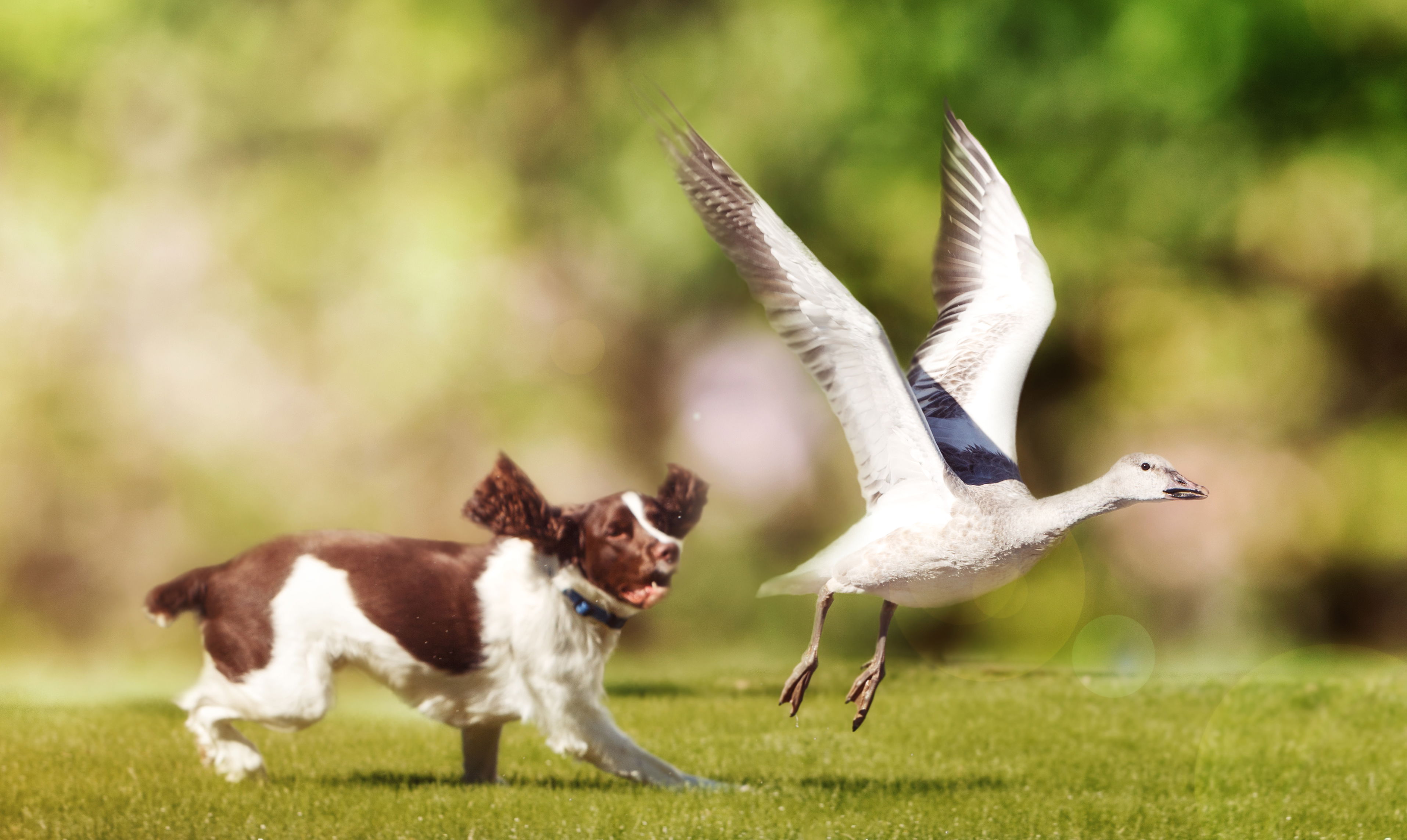
2. Prevent animal chasing by knowing your dog's limits when it comes to off leash recall and to line long responsiveness. How to teach these skills will be addressed later in the series/ course, for now I want you to do a really honest assessment of when and where your dog has good responsiveness to coming when called, an emergency stop cue, and to either turn cues or has a natural tendency to stay close. All dogs have a limit to their off leash responsiveness.
No dog has a 100% reliable come, emergency stop or always stays close. It’s important to really think about in what circumstances your dog can have good off leash control and in which circumstances they can’t. Here are a few questions to ask as you assess your dogs off leash control. How well does your dog respond in the house? In the yard? In your neighborhood? While in the woods? Around water (I’m looking at you labradors)? In a place with small critters (squirrels, rabbits, birds)? Around larger animals (deer, livestock)? Around other dogs? When working or training? When I have a ball in my hand? When I have food with me? When I don’t have food or balls?
For Instance, I know that my dog Scout will come while working, but tends to range pretty far when she doesn’t have a job to do, so she can work off leash, but on a hike she probably needs a long line. I also know that we have not yet had the experience of her flushing game out of the bushes so I’m not going to let her off leash in areas that are likely home for rabbits or nesting birds. Taking into consideration her limitations, in general, I’m going to opt for leashes or fences with short controlled time off leash when she is working a scent problem. She is an adolescent and as she gets older and gains training experience this may change, but in general it’s best to err on the side of caution. This is both for the safety of the dog and for the safety of wildlife. Even if your dog does not catch and kill wildlife, many animals such as rabbits (and even deer) can die from the fright or exhaustion simply from the chase. In addition, once your dog experiences the adrenaline rush of the chase, your job of teaching them to come and not to chase is exponentially harder– so when even a little in doubt, opt for a leash.
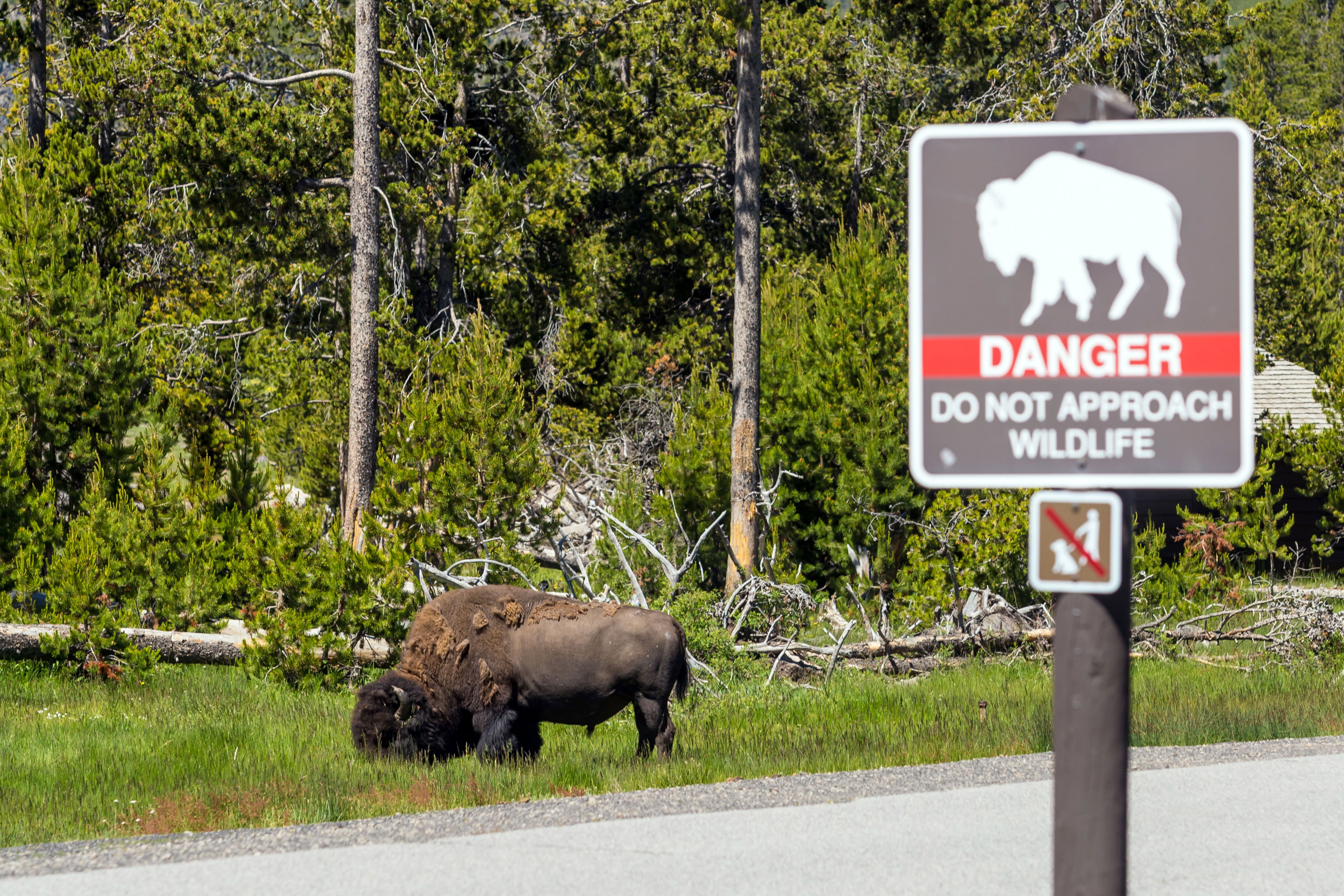
3. Keep your distance. National Parks Service says we humans should give wildlife at least 25 yards of distance. Predators and large wildlife should be given at least 100 yards of distance. This is the requirement for humans. Wild animals are generally less concerned about humans than they are about dogs, so when your dog is with you, you will want to increase that distance to reduce stress on the animal. Use your dog’s behavior as an indication (but also remember, even if your dog is calm, maintain at least that 25-100 yard buffer so the animal feels safe). For the most part, with tracking and k9 Nature Scouting, your looking for signs that the animal left behind, the goal isn’t necessarily to get close to the animal. That’s part of the joy of learning to find and recognize animal tracks, scat and signs: you can celebrate and know about the animals who have come before, even if they are not right there. Of course, sometimes you will have the joy of seeing the actual animal in the wild, in later lessons I will talk about ways to manage and enjoy those encounters with your dog in a way that is safe and enjoyable for you, the dog and the wildlife.
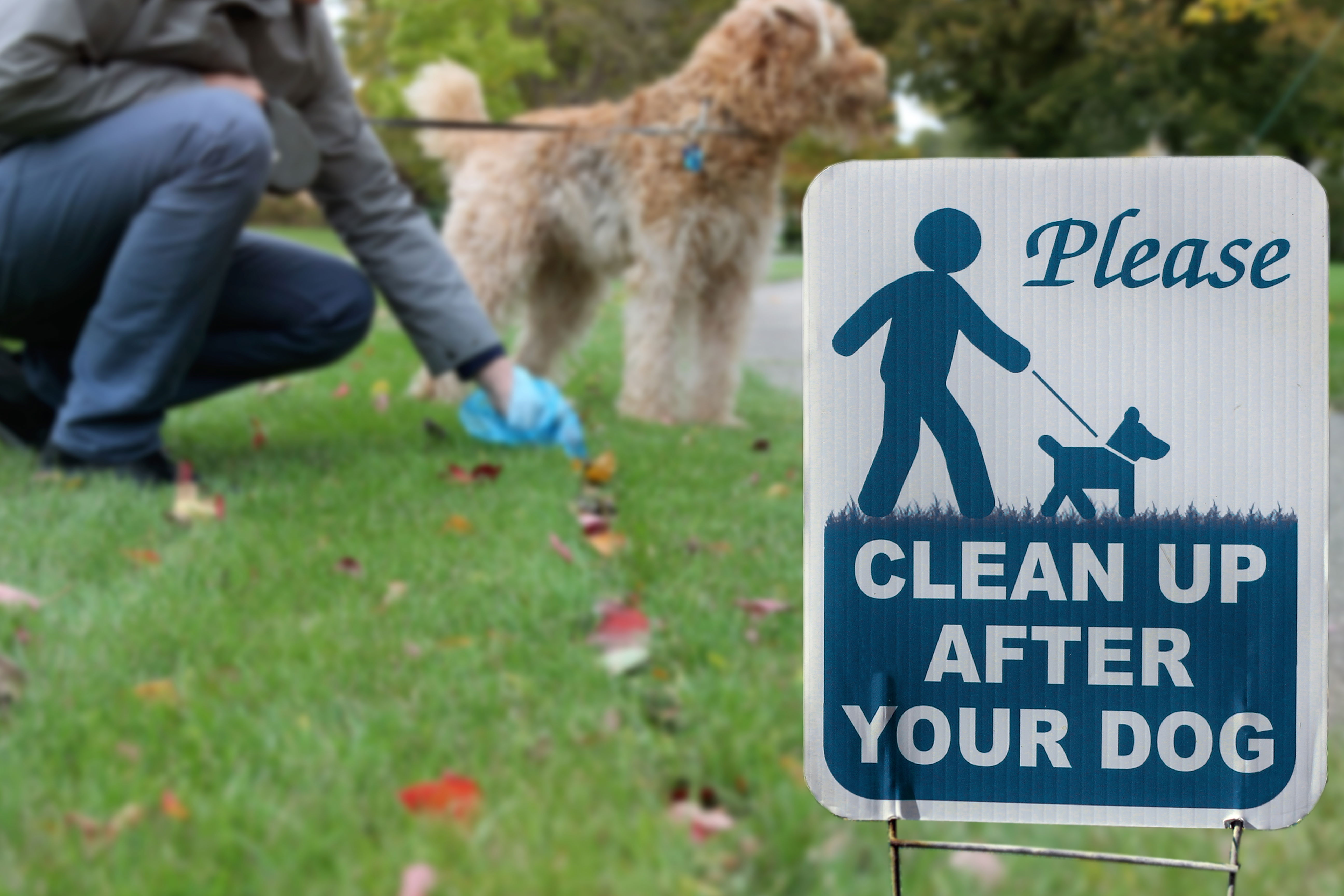
4. Avoid potentially passing diseases (from poop) or toxins (from your pets flea and tick preventatives). As much as I love to be “one with nature”, the truth is that we humans (and by extension our dogs) are always a part of the modern world, and when we go into nature we need to be careful to avoid bringing “non-nature” contaminants.
Poop is a big one. You might think, “it’s nature, wild animals poop in nature all the time. As long as I make sure it’s off the trail, it should be no big deal” (I know I used to think this). Unfortunately, our dog's poop is not the same as wildlife poop. Modern dogs eat food that is specially formulated and often has preservatives and other additives. Dog poop tends to break down slower than wildlife scat (yes even if you feed a raw or a fresh food diet), it tends to have a high nitrate concentration, and it doesn’t have the same microbes and organic material. In one study scientists planted bear poop in a greenhouse and an amazing amount of biodiverse plants grew from the scat because of the diverse and living diet the bear had been eating. The same is not true for our pet dogs. In addition, even though your dog may be healthy, their poop may still carry pathogens that could spread to wildlife. Dogs have robust GI tracks that are built to handle a large pathogen load, so things that don’t always cause the dog to become ill, might still be passed to wildlife. For instance, dogs can be asymptomatic carriers of giardia (it often shows up only when a dog is stressed) and studies indicate that between 15% and 40% of dogs carry giardia (#make sure you wash your hands!) Worms and pathogens like distemper and parvo can also be passed to wildlife. So please, pick up your dog's poop.
In case you are wondering, worm composting is the most environmentally friendly way to dispose of your dog's waste (you’ll want a separate composter, that doesn’t go in your vegetable garden), burying the waste at least 6 inches deep is also a good option. This allows the worms and dirt to filter and break down the waste and keeps waterways clean. But if you don’t have the chance to let the worms take care of it deep in the dirt, bagging it and tossing it in the trash is still better than leaving it. Oh and if you are in a pack it in/ pack it out location, Kurgo makes a tailgate dumpster so you don’t have to put the poo in the car, and Dog Doo makes a sealed container to keep the odor in.
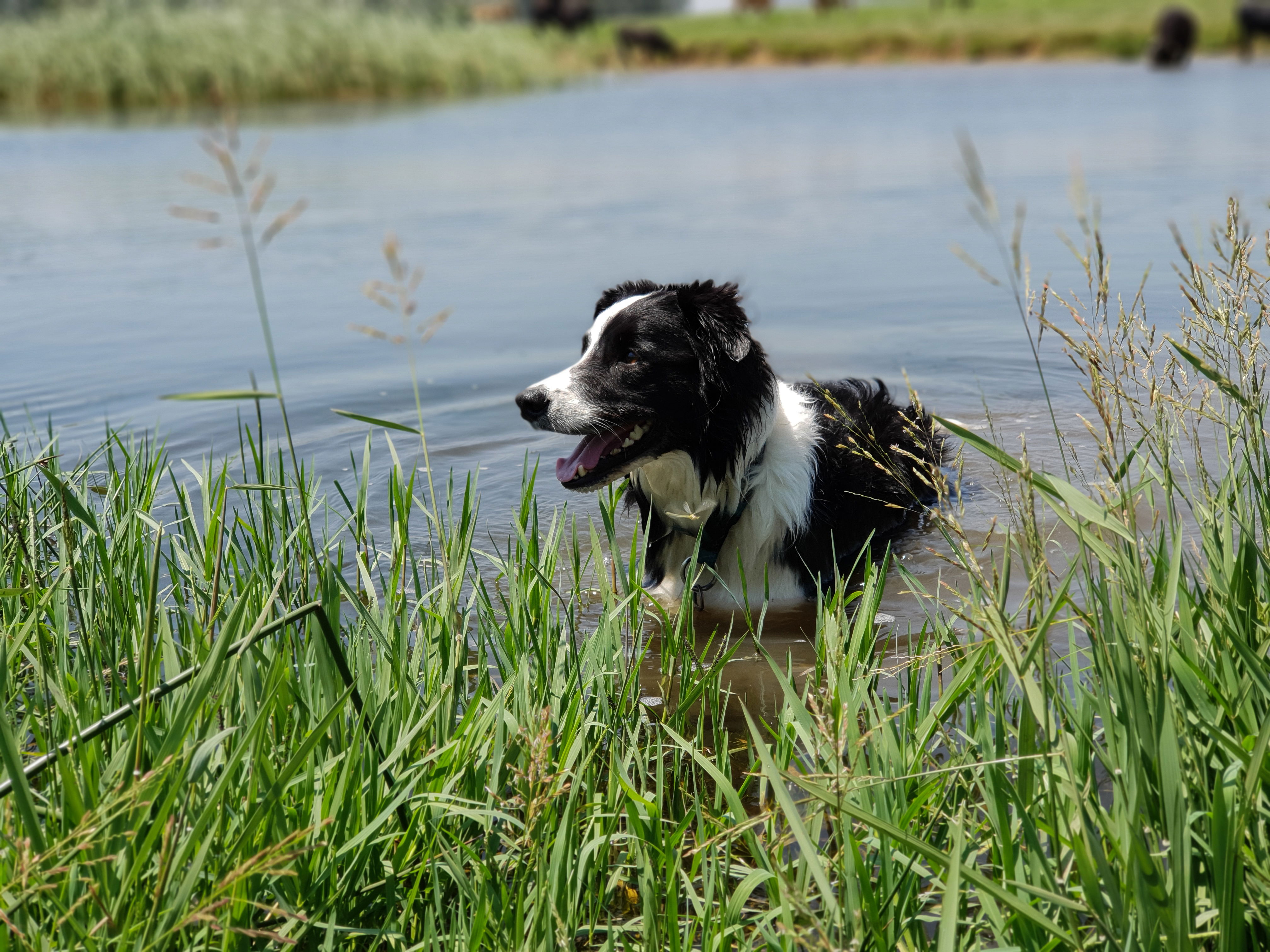
Another way in which we bring modern contaminants into nature and impact wildlife is through our use of flea, ticks and mosquito repellants. Obviously these are important for our health and for our dogs' health, but they can be harmful to water quality and to aquatic wildlife. Topical and collar treatments can leech their chemicals into the water when dogs are swimming in ponds, lakes and rivers. The chemicals then kill aquatic insects which also impacts birds, other animals and plant life. Oral flea, tick and heartworm medications probably “stay more in the cells” and might be a better option. Also, you might consider whether your dog needs protection all year or just part of the year. And some people use natural products to repel ticks and fleas. Like many things it’s not an easy clear cut choice and balancing all the different factors is a challenge.
Being a responsible “Guide” for your “K9 Nature Scout” is a big responsibility and requires some planning and reflection, but the benefits are so worth it and you quickly develop a routine and the know-how that will make it easier!